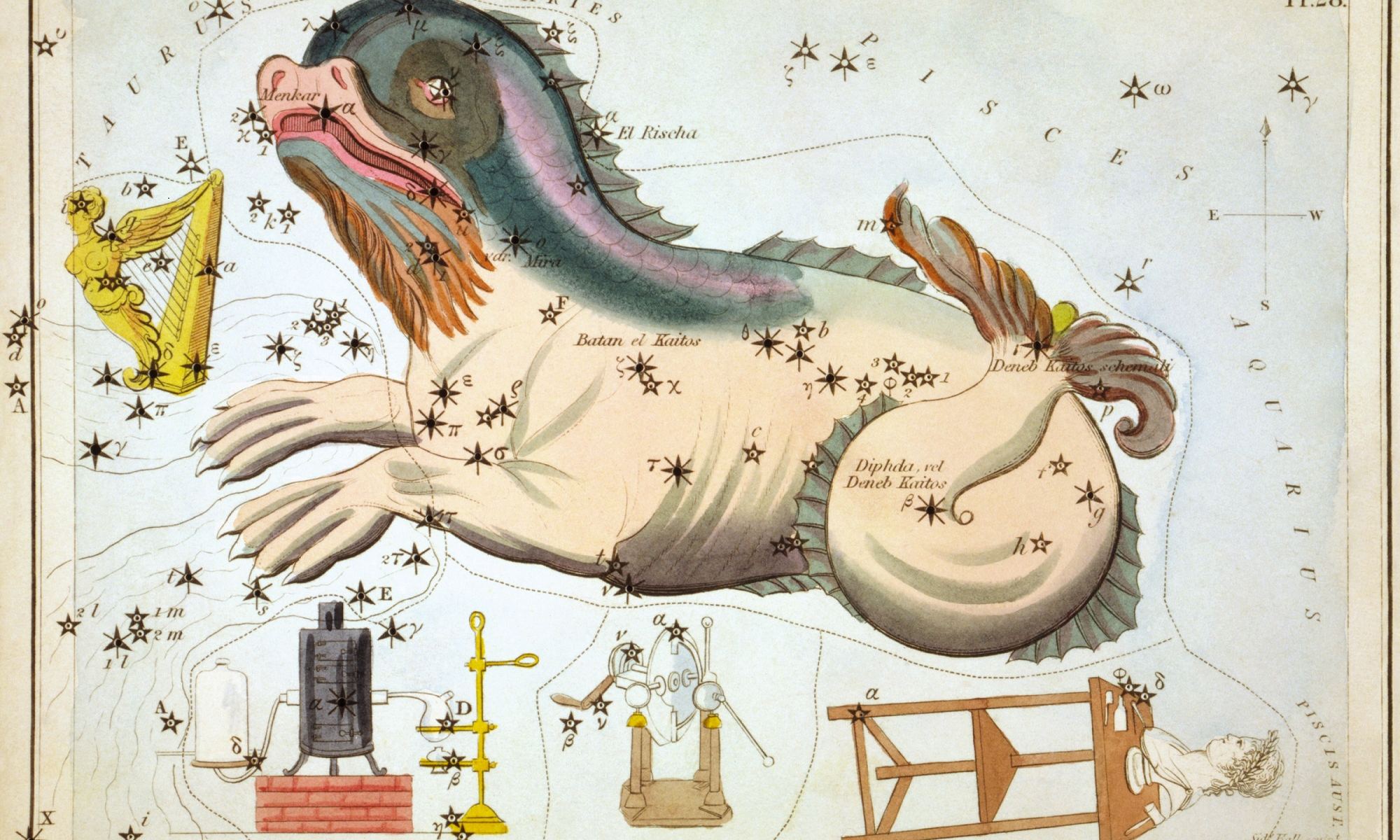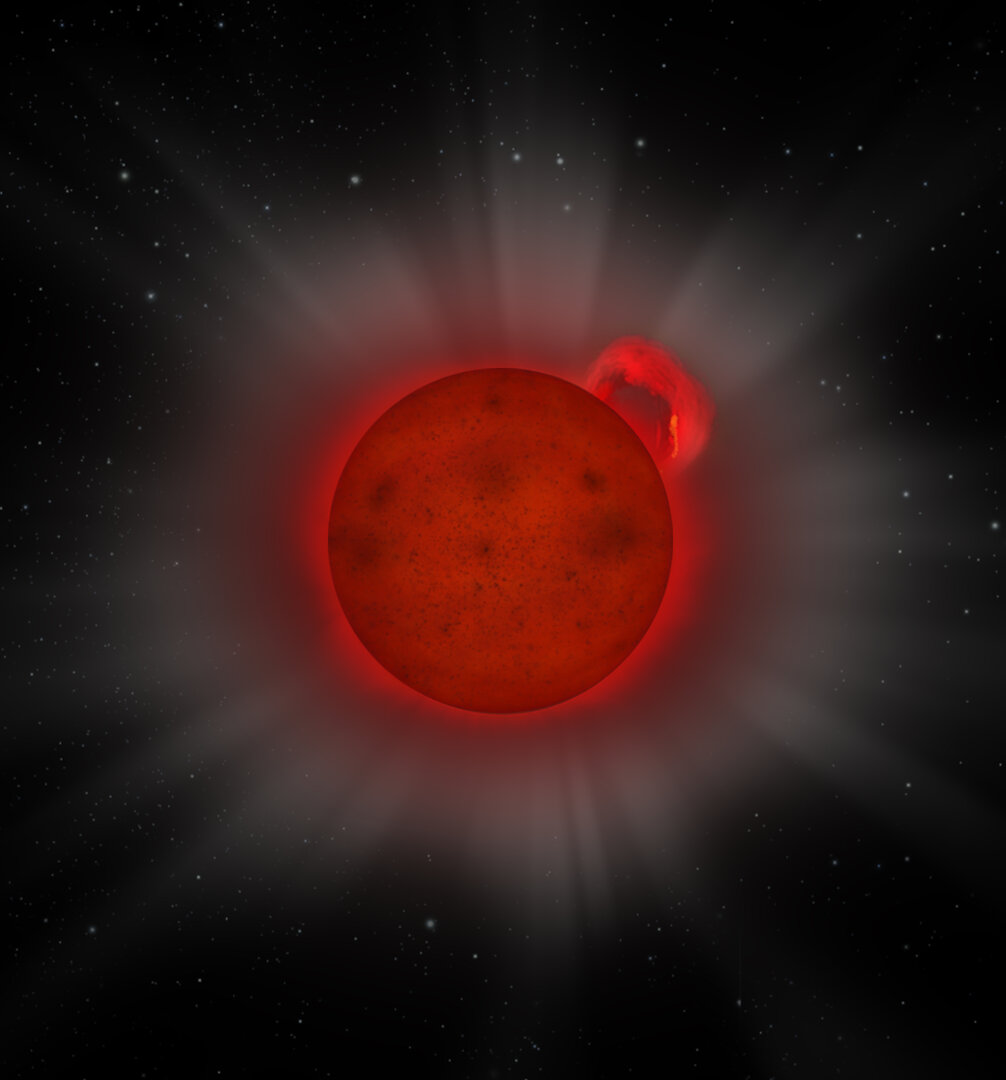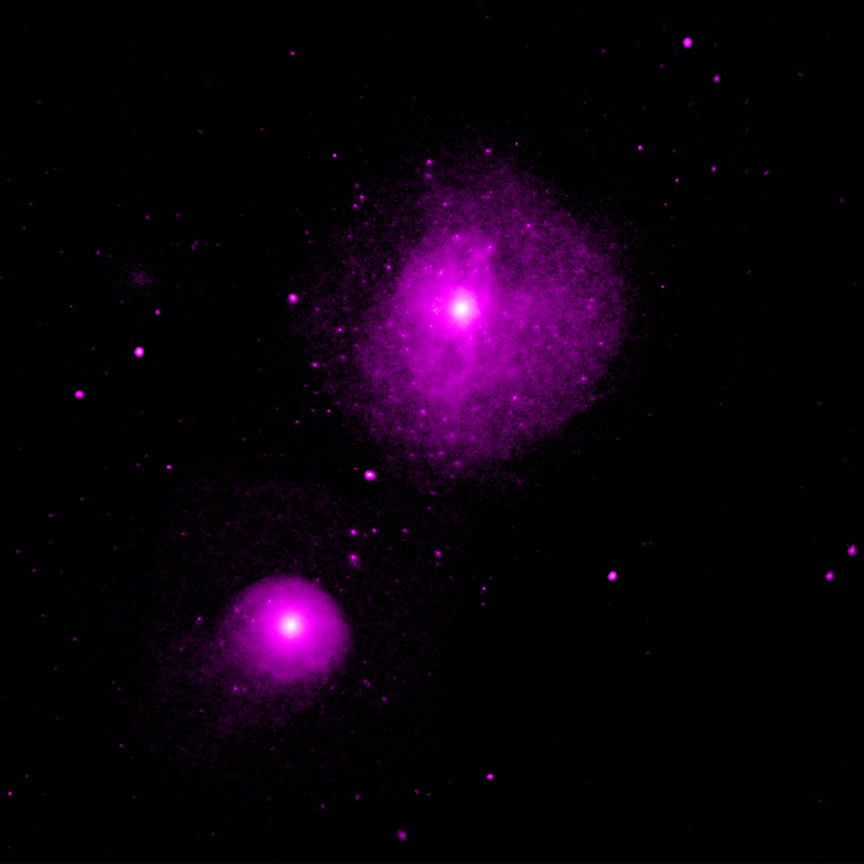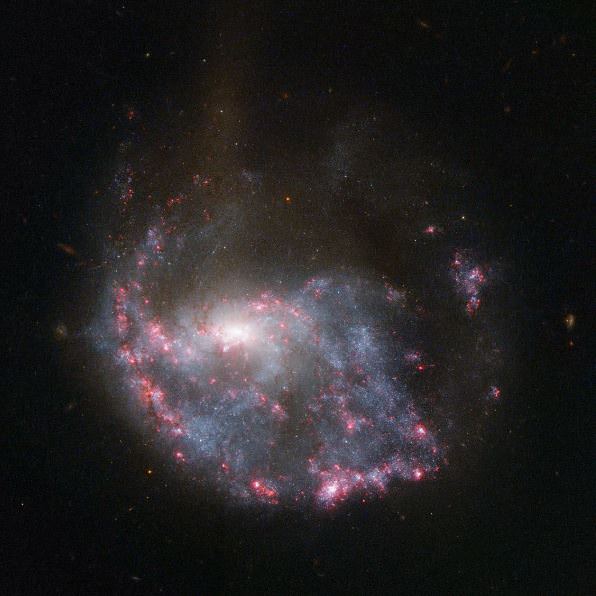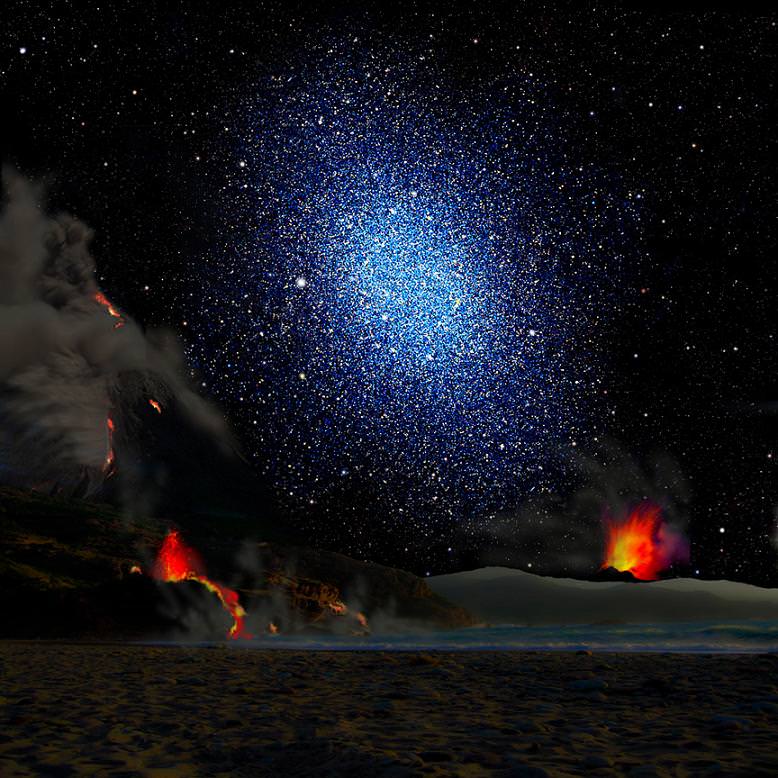[/caption]
Dark matter… If it can’t be seen, then how do we know it’s there? If it wasn’t for the effects of gravity, we wouldn’t. We’d have a galaxy filled with runaway stars and no galaxy would exist for long. But how it behaves and how it is distributed in one of the biggest cosmic cryptograms of all. Even with new research, there seems to be more questions than answers!
“After completing this study, we know less about dark matter than we did before,” said lead author Matt Walker, a Hubble Fellow at the Harvard-Smithsonian Center for Astrophysics.
It is generally accepted that our Universe is predominately composed of dark matter and dark energy. Of the former, it is considered to be “cold”, stately exotic particles which coalesce through gravitation. As they evolve, these dark matter “clumps” then attract “normal” matter which forms present day galaxy structures. Through computer modeling, astronomers have simulated this growth process which concludes that galactic centers should be dense with dark matter. However, these models aren’t consistent with findings. By measuring two dwarf galaxies, scientists have found a even distribution instead.
“Our measurements contradict a basic prediction about the structure of cold dark matter in dwarf galaxies. Unless or until theorists can modify that prediction, cold dark matter is inconsistent with our observational data,” Walker stated.
Why study a dwarf instead of a spiral? In this case, the dwarf galaxy is a perfect candidate because of its composition – 99% dark matter and 1% stars. Walker and his co-author Jorge Penarrubia (University of Cambridge, UK) chose two nearby representatives – the Fornax and Sculptor dwarfs – for their study. In comparison to the Milky Way’s estimated 400 billion stars, this pair averages around 10 million instead. This allowed the team to take a comprehensive sample of around 1500 to 2500 stars for location, speed and basic chemical composition. But even at a reduced amount, this type of stellar accounting isn’t exactly easy picking.
“Stars in a dwarf galaxy swarm like bees in a beehive instead of moving in nice, circular orbits like a spiral galaxy,” explained Penarrubia. “That makes it much more challenging to determine the distribution of dark matter.”
What the team found was somewhat surprising. According to the modeling techniques, dark matter should have clumped at the core. Instead they found it evenly distributed over a distance measuring several hundred light years across.
“If a dwarf galaxy were a peach, the standard cosmological model says we should find a dark matter ‘pit’ at the center. Instead, the first two dwarf galaxies we studied are like pitless peaches,” said Penarrubia.
It is hypothesized that interactions between normal and dark matter might be responsible for the distribution, but the computer simulations say it shouldn’t happen to a dwarf. New queries to new findings? Yes. This revelation may suggest that dark matter isn’t always “cold” and that it could be impacted by normal matter in unexpected ways.
Original Story Source: Harvard Smithsonian Center for Astrophysics News Release. For Further Reading: A Method Of Measuring (Slopes Of) the Mass Profiles of Dwarf Spheroidal Galaxies.

